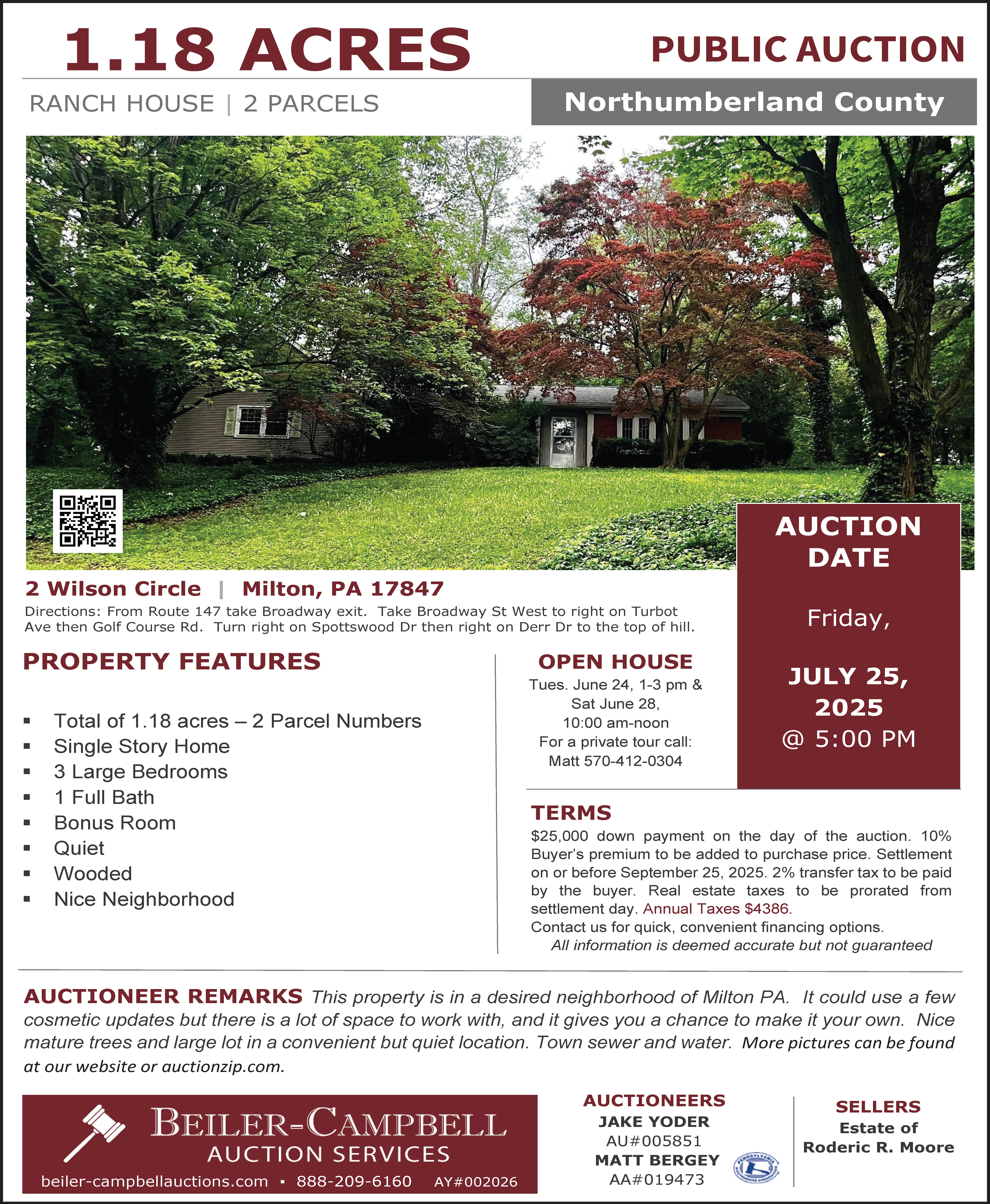It’s probably safe to say that most of us outdoor types have not given much thought to the upcoming hunting seasons, especially in light of the hot, dry weather that has engulfed us over the past month. But ready or not, the hunting seasons are about to begin.
It’s also that time of year that if you are a bow hunter still using a compound bow, it’s time to start practicing; it takes me a week or two just to get comfortable pulling that bowstring back and putting that arrow in the kill zone. It’s also that time of year to get that shotgun out and get ready for some fast dove hunting action.
You can begin dove hunting this year on September 1st, and the season runs until November 27th; a second season runs from December 18th through January 2nd. Hunting hours are from one-half hour before sunrise to sunset — check the time table map on page 13 of your hunting digest to calculate starting and quitting times for where you plan to hunt. The noon start time is no longer in effect.
I always look forward to at least a couple of days in the dove fields; the weather is usually pleasant and comfortable, and if you are fortunate enough to pick a good location to hunt, the action can be pretty steady. Of course, as most dove hunters know, while the shooting may be steady at times, that doesn’t mean the “getting” will be equally steady. I don’t usually see many dove hunters when I’m out, but apparently, dove hunting is more popular than I realized. According to game commission statistics, about 16,000 hunters take about 100,000 doves each year in Pennsylvania. Don’t be too concerned about that 100,000 number since there are an estimated 350 million doves throughout the country.
An interesting change came to our dove hunting ventures this past year. The Pennsylvania Game Commission changed regulations to allow manipulation crops to attract doves to hunting spots. As a result of these regulation changes, the commission has established managed fields on a number of game lands with around 400 acres of managed dove fields on 26 different game lands. You can find these managed field locations by going to the Mourning Dove page at http://www.pgc.pa.gov and check out the interactive map.
Don’t be concerned if you can’t get to a managed field somewhere; there are a lot of places to hunt doves with plenty of wild and cultivated grains and seeds available. Doves can subsist on a tremendous variety of seeds and other foods and can travel pretty good distances to find what they need. The mourning dove is a bird that likes open woodland edges and is seldom found in dense forests. Look for doves in farmland with scattered trees and shrubs, open woods, evergreen stands, orchards, suburban gardens, and roadside trees.
A couple more things to look for when scouting for a hunting location is a source of water; a farm pond or a pool of water in a nearby creek may very well add to your potential hunting success. Also, look for areas where doves can gather grit, such as gravel and cinders, which aid in grinding up food that the dove has consumed. Also, look for good roosting trees, especially if you hunt during the last hour of daylight when doves start moving to their roosting sites.




Leave a Comment
Your email address will not be published. Required fields are marked with *